方案详情文
智能文字提取功能测试中
APPLIED PHYSICS LETTERSVOLUME 77, NUMBER 317 JULY 2000 Appl. Phys. Lett., Vol.77, No. 3, 17 July 2000Fazio et al.320 C 2000 American Institute of Physics3190003-6951/2000/77(3)/319/3/$17.00 Phase-matched second-harmonic generation in a ferroelectricliquid crystal waveguide Valentina S. U. Fazio and Sven T. Lagerwall Department ofMicroelectronics and Nanoscience, Liquid Crystal Physics, Chalmers Universityof Technology and Goteborg University, SE-41296 Goteborg, Sweden Philippe Busson and Anders Hult Department of Polymer Technology, Royal Institute of Technology, SE-10044 Stockholm, Sweden Hubert Motschmann Max-Plank-Institute of Colloids and Interfaces, D-14424 Golm/Potsdam, Germany (Received 3 April 2000; accepted for publication 24 May 2000) True phase-matched second-harmonic generation in a waveguide of crosslinkable ferroelectricliquid crystals is demonstrated. These materials allow the formation of macroscopically polarstructures whose order can be frozen by photopolymerization. Homeotropic alignment was chosenwhich offers decisive advantages compared to other geometries. All parameters contributing to theconversion efficiency are maximized by deliberately controlling the supramolecular arrangement.The system has the potential to achieve practical level of performances as a frequency doubler forlow power laser-diodes..AO 2000 American Institute of Physics. [S0003-6951(00)01829-5 The classical domain of nonlinear optical (NLO) devicesbased on second-order effects [x(2)-effects] is frequencydoubling which is important for extending the frequencyrange of laser light sources. The major goals of devicesbased on third-order nonlinear optical effects [x(3)-effects] isthe realization of optical switches as the decisive hurdle onthe way to an all-optical data processing.’ The design con-cepts exploit the intensity dependent refractive index due tox(3)-interactions in Mach-Zehnder type interferometers.Recently it has been demonstrated that an intensity depen-dent refractive index can also be obtained by a cascading ofsecond-order nonlinear processes.. This route is far moreefficient than the one usingx3)-effects with currently avail-able materials. As a result, switching occurs at lower inten-sity levels. The figure of merit of both, frequency doublers, and op-tical switches, is given by the ratio of the susceptibility x(2)and refractive index n as x(2)/n’. Organic materials possessrefractive indices n~1.5 and thus have an edge to most in-organic materials with refractive index n~2.2. Furthermore,organic molecules can be tailored according to the demandsand different desired functionalities can be incorporatedwithin a single molecule.The inherent potential has beenearly recognized and meanwhile there is a sound knowledgeof the correlation between molecular structure and corre-sponding hyperpolarizability, p.10 Organic chromophorespossess a remarkably high hyperpolarizability and the majorobstacle towards efficient devices is not the availability ofsuitable chromophores, but the fabrication of proper macro-scopic structures. A high conversion efficiency requires the simultaneousmaximization of many parameters and quite often there is atrade-off between some properties. A crucial quantity is x(2) ( Electronic mail: fazio@fy.chalmers.se ) ( Electronic mail: motschma@mpikg-golm.mpg.de ) which is, subject to certain simplifying assumptions, propor-tional to the number density of the NLO chromophores andto the orientational average of the hyperpolarizabilities.Hence, a chromophore with high hyperpolarizability shouldbe arranged in a noncentrosymmetric fashion with high num-ber density and high degree of orientational order. Toachieve this, mainly two concepts have been pursued so far:Langmuir-Blodgett (LB) films.2 and poled polymers.However, due to intrinsic peculiarities of both techniques,the chromophore is rather diluted and furthermore the filmspossess limited thermal and mechanical stability. In thisstudy we pursued a different strategy based on ferroelectricliquid crystals (FLCs). Liquid crystals (LCs) in general form highly orderedphases which possess an intrinsic quadrupolar order but not adipolar one.13 Hence, for x(2)applications conventional LCsare not of any use. However, the picture changed with theadvent of FLCs whose molecular symmetry allows a localdipole perpendicular to the director. 4 The arrangement canbe manipulated by electric field and huge single domains canbe formed. At this stage the orientational order within themonomeric system is still fragile and also sensitive to slightchanges in temperature. To overcome these problems theFLCs are further functionalized with polymerizable groups.Subsequent photopolymerization leads to the formation ofstable polymer networks15-19 where the polar order is frozen(pyroelectric polymer, PP). Various aspects of the prepara-tion process as well as some nonlinear optical properties aredescribed in a recently submitted publication. In this con-tribution we focus on the problem of phase matchingin waveguide geometry and demonstrate that true phase-matching is possible to achieve. The chemical structures of the FLC monomers areshown in Fig. 1. A mixture of 60% A1b and 40% A2c isused which adopts at room temperature a chiral smectic Cphase.18 This mixture is filled in a cell depicted in Fig. 2(a).I FIG. 1. FLC monomers used in this experiment. The bottom plate is equipped with parallel indium tin oxide(ITO) electrodes stripes to achieve a quasihomeotropic align-ment: the smectic layers are aligned parallel to the glassplates, the molecular dipole moments are oriented by theelectric field, and the helical structure of the chiral phase isunwound. The mixture of A1b and A2c balances the trade-off between a high polarization on one hand and the fieldstrength required for a manipulation of the helix on the otherhand.Even a moderate electric field strength is sufficient toobtain a highly ordered structure and no aligning layers arerequired. The achieved polar order of the monomeric FLCsystem is then permanently fixed by photopolymerizationleading to a mechanically and thermally stable PP network.Without any additional preparation step this arrangement isalso a chan19nel waveguide for tranverse magnetic (TM)modes. A linear and nonlinear optical characterization ispresented in Ref. 19 (absorption, scattering losses, second-order reduced nonlinear optical susceptibilities). Accordingto the prevailing symmetry, second-harmonic generation canonlyyoccurfor transverse electric TE"-TE2ω andTM"-TE2modes.20 The measured nonlinear optical con-stants are remarkably large (up to 1.26 pm V-). Phase-matching can be achieved by taking advantage ofthe modal dispersion of the waveguide. The effective re-fractive index nefr of a mode is a function of waveguidethickness and polarization. Thus phase-matching requires thefabrication of a waveguide of a precisely defined thicknessgiven by the linear optical constants. The tolerances are quitetight and already minor deviations within the nanometerrange change the characteristics of a device. Also, due to thedispersion of the refractive index, phase-matching is onlypossible between modes of different order. However, even if FIG. 2. (a) Cross section of a cell. Cell thickness is 540 nm. Electrodedistance is 100 um. (b) Scheme of the x(2)-inverted structure.x(2) under-goes an abrupt sign reversal at half the total thickness of the cell. Cellthickness is 2×540 nm. this is achieved, the resulting efficiency may still be ratherlow due to the small value of the overlap integral of theelectric field distribution of the interacting modes across thecross-sectional area where xijk is the second-order susceptibility tensor, xeffis the effective second-order susceptibility, and E(m’,)(z) isthe electric field distribution of the m’th mode of frequencyω across the waveguide thickness. Field distributions ofmodes of different order yield a nearly vanishing overlapintegral and a poor conversion efficiency.A way out of thisdilemma is to influence the susceptibility tensor." A reversalof sign of x(2) at the nodal plane of the electric field distri-bution of the first-order mode maximizes the value of theoverlap integral and thus enables a phase-matching schemeTM;-TE? and TE-TE0. The sign ofx(2) can be re-versed by reversing the polar order of the chromophores. The desired inverted waveguide structure can be fabri-cated using the sandwich geometry shown in Fig. 2(a). Thetop plate of a 540-nm-thick cell was removed. No damageoccurred in this preparation process (the mean roughness ison the order of few nanometers as confirmed by atomicforce microscopy). The bottom plate with the polymer net-work was cut in two pieces of equal size (≈4 mm) and theparts were glued onto each other with inverse polarities inthe channel region as illustrated in Fig. 2(b).23Waveguidemodes were excited by end-fire coupling. The second-harmonic (SH) light was collected at the end of the guide andmeasured as a function of the fundamental light wavelengthwith a photomultiplier. A quadratic dependence of the SHlight intensity on the fundamental one was established toensure the true nature of the observed signal. The linear con-stants and the thickness of the waveguide were measuredprior to the experiment and used to predict the wavelengthsat which phase-matching occurs. According to these data andwith a total cell thickness of 2 × 540 nm, TE-TE phase-matching should occur at 958nm and TM-TE phase-matching at 1311 nm. Indeed, the experiment confirms thesepredictions: TE-TE phase-matching was observed at 955 nmand TM-TE at 1337 nm, as shown in Fig.3(a). The width of the peaks in Figs. 3(b) and 3(c) depends onthe known dispersion of the refractive indices and on theinteraction length L in which fundamental and SH light arein phase. The interaction length can be determined by a fit ofthe experimental data to the function where ▲k=4m[neff(2w)-nerr(w)]/, with L as the only un-known parameter. Figures 3(b) and 3(c) present the experi-mental data together with the corresponding fits. The inter-action lengths are listed in Table I. In a sample withoutx2inversion the SH signal was about 1000 times smaller thanthat of an inverted sample at the phase-matching condition,which demonstrated the superior performance due to the op-timization of the overlap integral in our geometry. The nor-malized conversion efficiency FIG. 3. (a) Phase-matching peaks as a function of the fundamental lightwavelength. (b) TE"-TE“phase-matching peak at 955 nm, data and fit. (c)TM-TE6" phase-matching peak at 1337 nm, data and fit. The laser sourcewas a tunable OPG/OPA system pumped by the third harmonic of a Nd-yttrium-aluminum-garnet laser (energy per pulse ~30 mJ, pulse duration35 ps). of the two phase-matching schemes is also given in Table I.The confinement of TM modes three-dimensionally in thewaveguide yields a larger conversion efficiency for TM-TEthan for TE-TE phase-matching. The demonstration of true phase-matching in a wave-guide format using FLCs is a major step towards a moregeneral use of these materials for NLO devices. FLCs maxi-mize the possible number density of active chromophoresand this, together with a high degree of orientation, leads toremarkably high values of the off-resonant nonlinear suscep-tibilities. Phase-matching was achieved between modes ofdifferent order using the modal dispersion of the waveguide.Applying the concept of an inverted structuremaximizesthe overlap integral and thus enables high efficiency in thedesired phase-matching scheme. We have successfullymanufactured a macroscopic inverted waveguide and dem-onstrated phase-matching. The quasihomeotropic alignmentavoids the use of aligning layers and leads to an inherentchannel waveguide for TM modes without any additionalpreparation steps, yielding a very high normalized conver-sion efficiency for TM-TE phase-matching scheme. Anothermajor feature is that the order of the monomeric FLC is TABLE I. Interaction lengths and normalized SH conversion efficiencies forthe two phase-matching peaks in Fig.3. Phase-matched modes L (mm) n(% W-cm) TE-TE 0.59±0.08 0.05±0.02 TM-TE 0.82±0.15 0.26±0.06 made permanent by photopolymerization. The photopoly-merization does not lead to any degradation of the quality ofthe waveguide, as it is for instance observed in LB films.Apparently the intrinsic fluidity of FLC heals all distortionscaused by the formation of new bonds. The polar network isthermally and mechanically stable and all samples kept theirNLO properties over the monitored period of several months.Thus, the system has the potential to achieve practical levelsof performance. The authors are grateful to Dr. S. Schrader for helpfuldiscussions and to Professor H. Mohwald for generous sup-port and encouraging discussions. V.S.U. Fazio and S. T.Lagerwall are grateful to the TMR European Program (Con-tract No. ERBFMNICT983023) and to the Swedish Founda-tion for Strategic Research for financial support. P. Bussonacknowledges the financial support from the Swedish Re-search Council for Engineering Science (TFR, Grant No. 95-807). W. Koechner, Solid State Laser Engineering (Springer, Berlin, 1992). P. N. Prasad and D. J. Williams, Introduction to Nonlinear Optical Effectsin Molecules and Polymers (Wiley, New York, 1991). 'D. M. Walba, M. B. Ross, A. A. Clark, R. Shao, K. M. Johnson, M. G.Robinson, J. Y. Liu, and J. Dorowski, Mol. Cryst. Liq. Cryst. 198, 51(1991). “D. M. Walba, M. B. Ross, A. A. Clark, R. Shao, K. M. Johnson, M. G.Robinson, J. Y. Liu, and J. Dorowski, J. Am. Chem. Soc. 113, 5472(1991). R. DeSalvo, D. J. Hagan, M. Sheik-Bahae, G. I. Stegeman, E. W.VanStryland, and H. VanHerzeele, Appl. Phys. Lett. 17, 28 (1992). Y. Baeck, R. Schiek, G. I. Stegeman, G. Assanto, and W. Sohler, Appl.Phys. Lett. 72, 3405 (1998). 'C. Bosshard, Adv. Mater. 8, 385 (1996). A. Ulman, An Introduction to Ultrathin Organic Films: From Langmuir-Blodgett to Self-Assembly (Academic, Boston, 1991). S. Hahn, D. Kim, and M. Cho, J. Phys. Chem. 103, 8221 (1999). ( S. Kucharski, R . J a nik, a nd P . K aats, J. Mater. Chem. 9, 395 (1999). ) H. Motschmann, T. Penner, N. Armstrong, and M. Enzenyilimba, J. Phys.Chem.97,3933 (1993). M. C. Petty, Langmuir-Blodgett Films: An Introduction (Cambridge Uni-versity Press, Cambridge,1996). 1P. G. de Gennes, The Physics of Liquid Crystals (Oxford University Press,Oxford, 1974). R. B. Meyer, L. Liebert, L. Strzeleki, and P. Keller, J. Phys. 36, L69(1975). M. Trollsas, C. Orrenius, F. Salhen, U. W. Gedde, T. Norin, A. Hult, D.Hermann, P. Rudquist, L. Komitov, S. T. Lagerwall, and J. Lindstrom, J.Am. Chem. Soc. 118,8542(1996). M. Trollsas, F. Sahlen, U. W. Gedde, A. Hult, D. Hermann, P.Rudquist,L. Komitov, S. T. Lagerwall, and B. Stebler, Macromolecules 29, 2590(1996). D. S. Hermann, P. Rudquist, S. T. Lagerwall, L. Komitov, B. Stebler, M.Lindgren, M. Trollsas, F. Sahlen, A. Hult, U. W. Gedde, C. Orrenius, andT. Norin, Liq. Cryst. 24, 295 (1998). M. Lindgren, D. S. Hermann, J. Ortegen, P.-O. Arntzen, U. W. Gedde, A.Hult, L. Komitov, S. T. Lagerwall, P. Rudquist, B. Stebler, F. Sahlen, andM. Trollsas, J. Opt. Soc. Am. B 15, 914 (1998). V. S. U. Fazio, S. T.Lagerwall, V. Zauls,S. Schrader, P. Busson, A. Hult,and H. Motschmann, xxx.lanl.gov/abs/cond-mat/9912415 (1999). D. S. Herman, Ph.D. thesis, Goteborg University and Chalmers Universityof Technology, 1997. G. Stegeman and R. Stolen, J. Opt. Soc. Am. B 6, 652 (1989). 22T. L. Penner, H. R. Motschmann, N. J. Armstrong, M. C. Ezenyilimba,and D. J. Williams, Nature (London) 367, 49 (1994). 23 The sandwich cell was assembled in a polarizing microscope, wherethe ITO boundaries are visible and it is easy to precisely align the twohalf cells.
关闭-
1/3
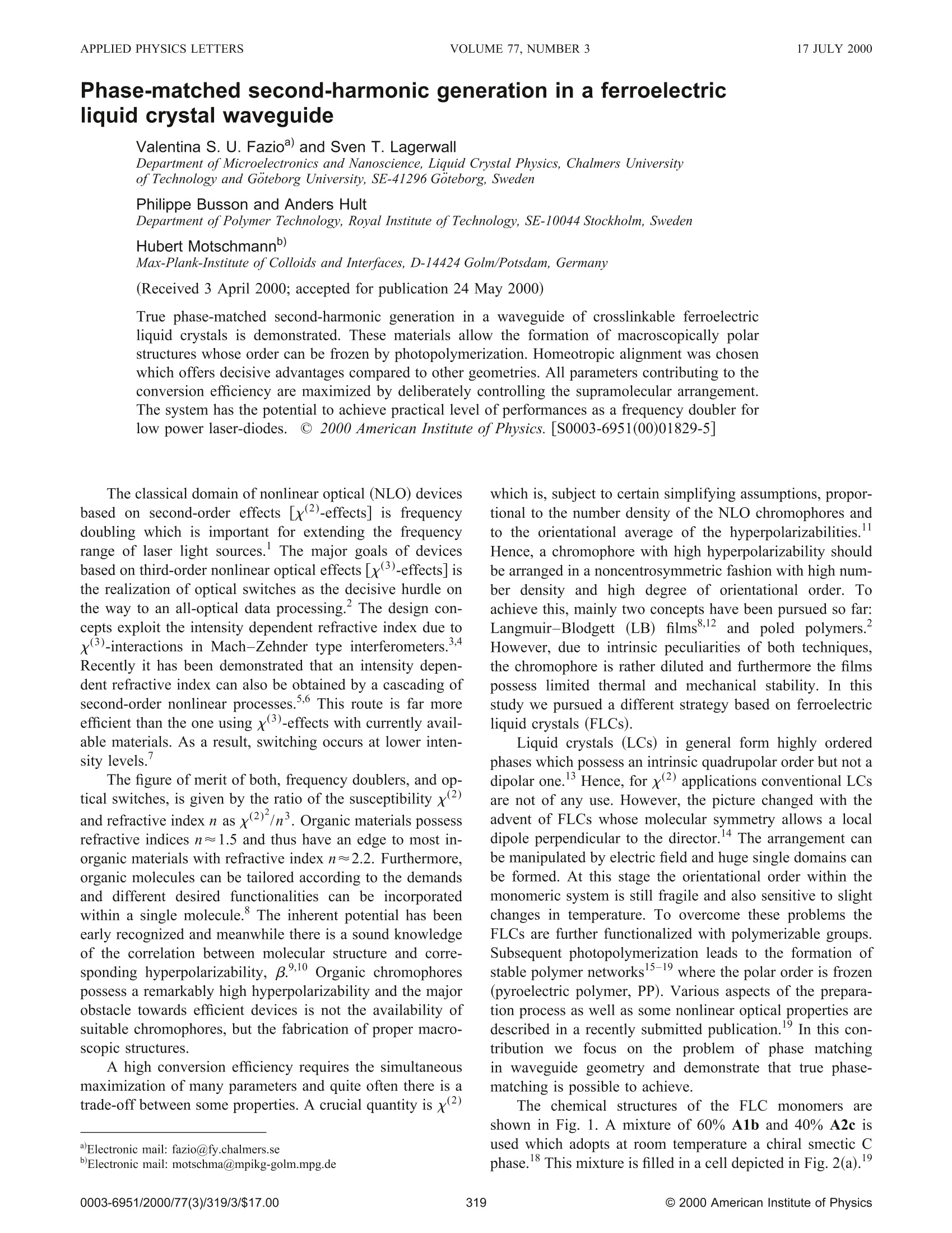
-
2/3
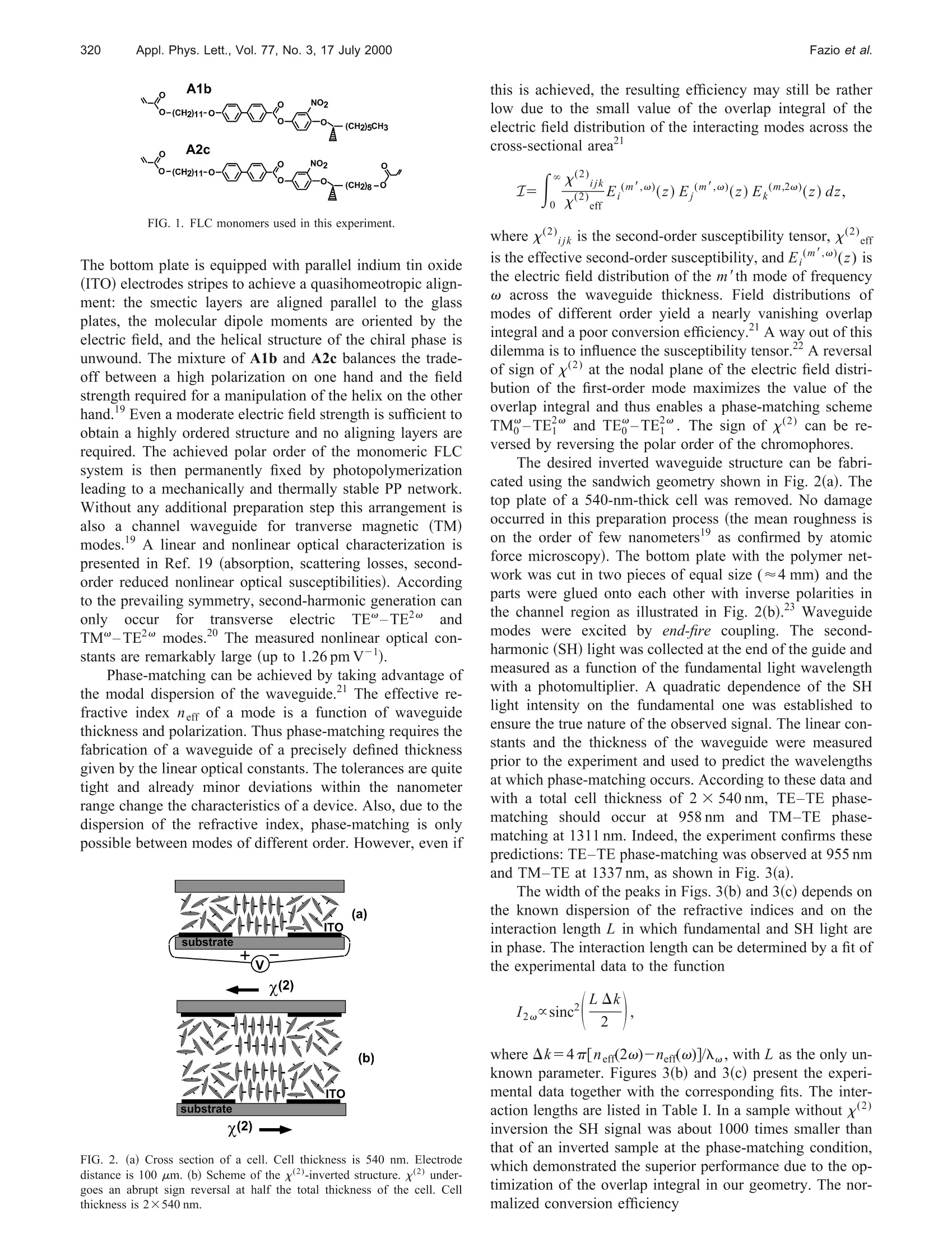
还剩1页未读,是否继续阅读?
继续免费阅读全文北京欧兰科技发展有限公司为您提供《铁电液晶波导中相位匹配二次谐波的产生检测方案(椭偏仪)》,该方案主要用于其他中相位匹配二次谐波的产生检测,参考标准《暂无》,《铁电液晶波导中相位匹配二次谐波的产生检测方案(椭偏仪)》用到的仪器有组合式多功能椭偏仪。
我要纠错
推荐专场
相关方案


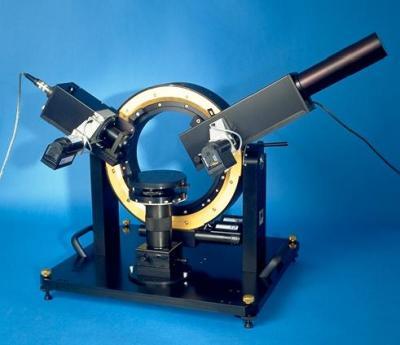
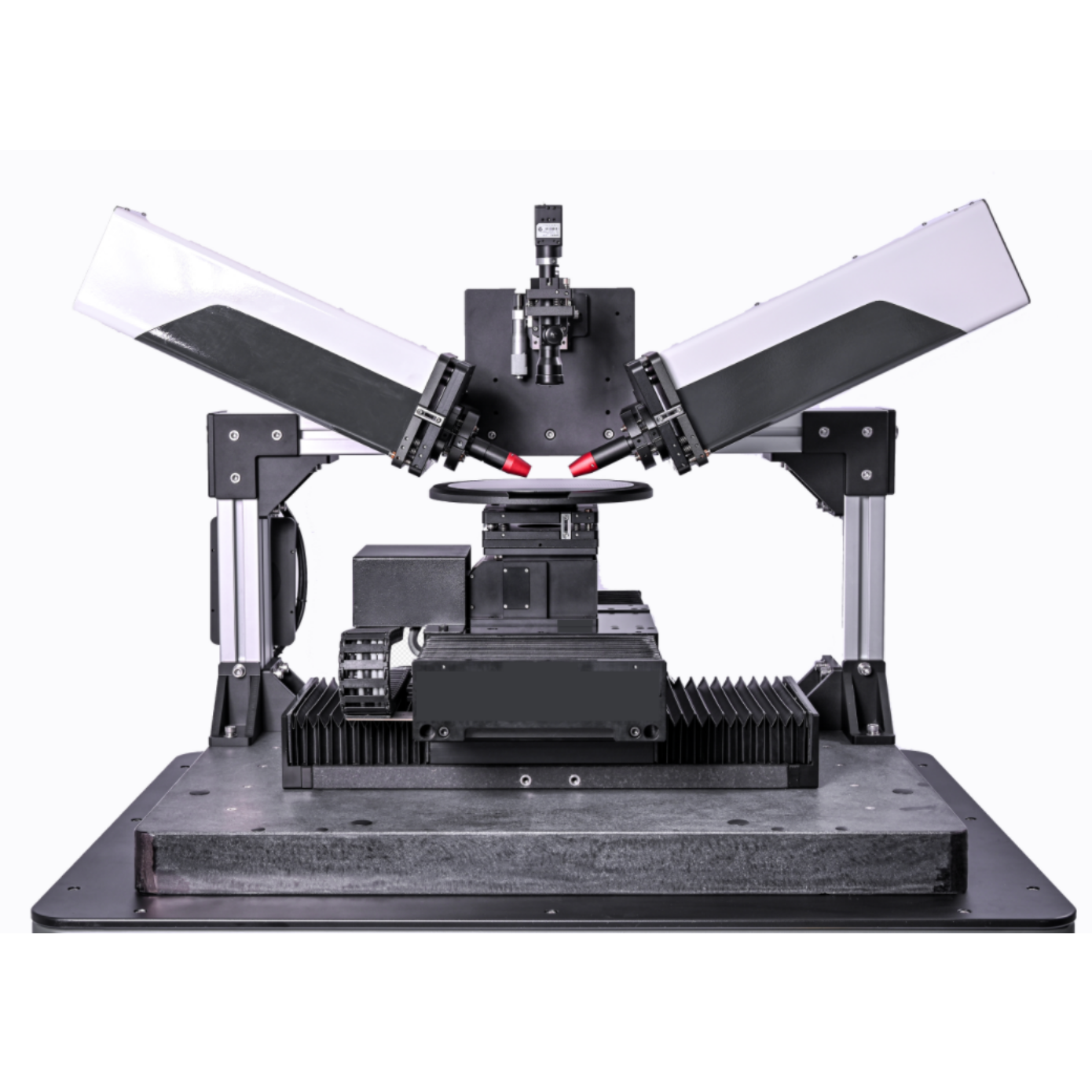
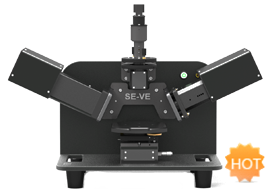
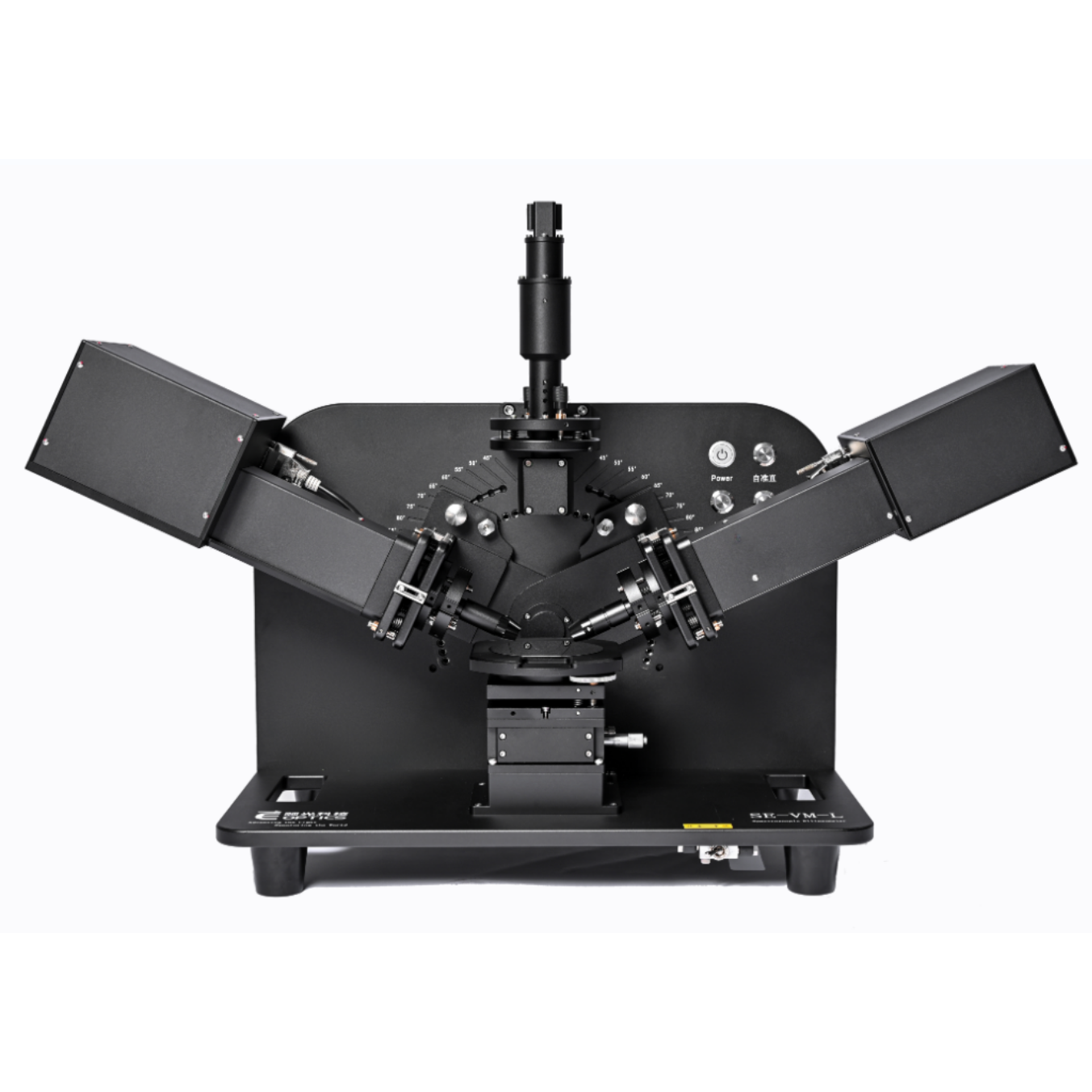
 咨询
咨询